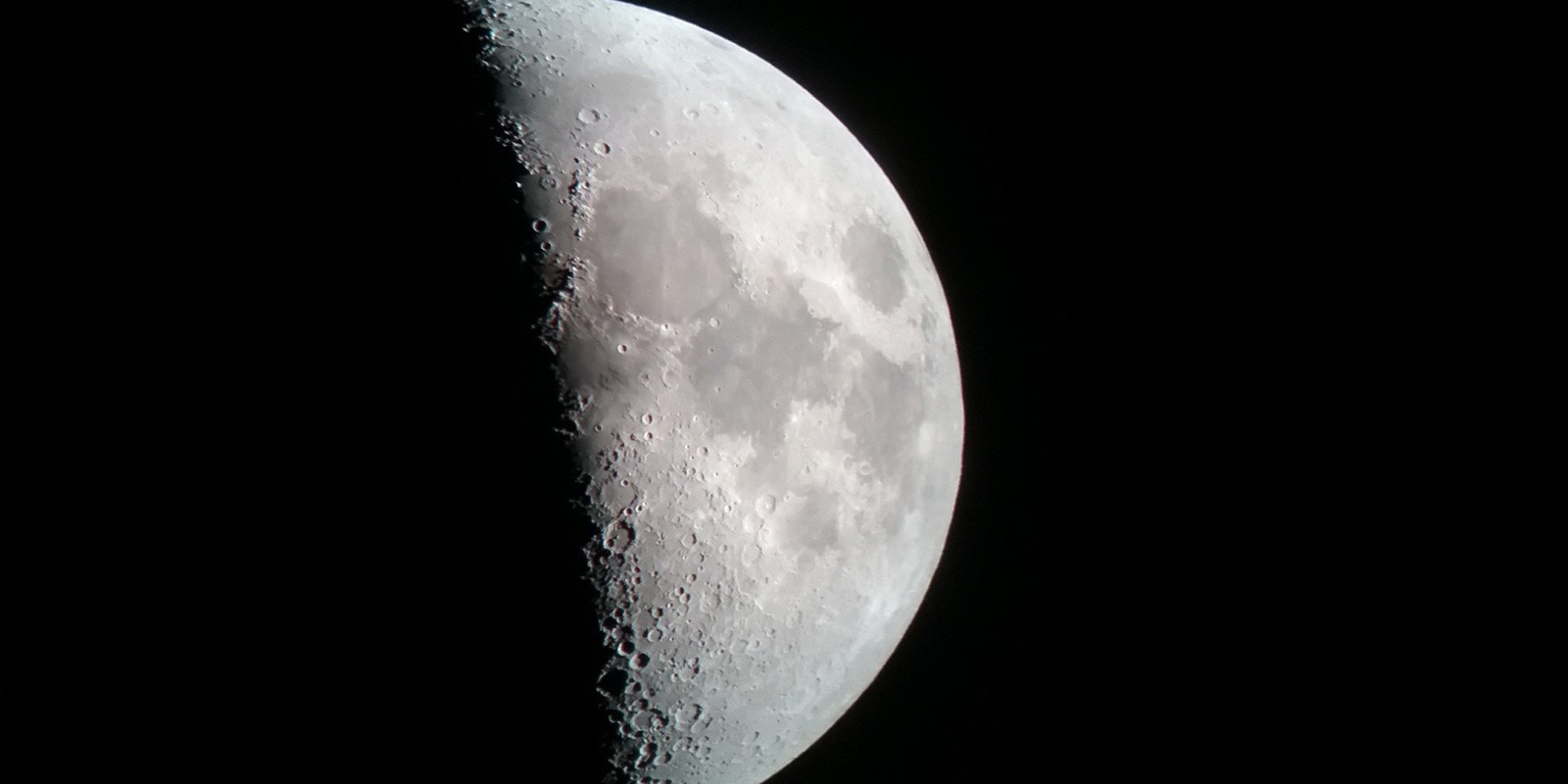
- This event has passed.
Astronomy and Telescope Night – CANCELLED
August 20, 2018 @ 8:45 pm - 10:00 pm EDT

Due to the cloudy weather for Monday, and rain expected for Tuesday, this event has been postponed and will be rescheduled for a future date.
Did you know that this is one of the finest times in years to see our neighboring planets? Venus, Jupiter, Saturn, and the moon are all visible in the early evening sky this month, both by eye and by telescope. Come to see them from the MSU-St. Andrews STEM center in Midland!
Families with school-age children are invited to an evening of astronomy and observing. We will have a number of different telescopes available for you to use and look through. We will begin with a short discussion describing the different telescopes we have, and some fun information on astronomy in general. Then, once it gets dark, we will begin our observing session, and it promises to be a very special evening.
Venus, in the west, is the brightest planet in the sky. Venus is close enough to Earth that it has phases like the moon; it will be in a half-lit phase on Monday night. If you join us for subsequent Astronomy and Telescope Nights, you will be able to watch Venus grow progressively larger and more like a crescent as it continues to approach earth, getting even brighter while it sinks into the west, heading for its conjunction with the sun in October.
Jupiter, in the southwest, is the second-brightest planet and is brighter than any star except the sun. If the skies are steady our telescopes should reveal faint bands across its disc. We will also be able to see several of its Galilean moons. These can be seen with binoculars, so feel free to bring them if you own a pair. We’ll show you where to look.
Saturn, in the south, as not as bright as the previous two, but still makes a fine appearance. Its rings can be seen in our telescopes, as well as its largest moon. Saturn’s rings are tilted towards us, so this is a good time to see them.
If you’ve never seen the moon through a telescope, this will be a special treat. The crescent moon photo shown below was taken using a cell phone through our smallest scope. On Astronomy and Telescope Night the moon will be in a gibbous phase. Many craters will be visible, as well as a number of the lunar “mares” (or “seas”).
There are always other options to see on Astronomy and Telescope Night. Many bright stars and bright constellations will be visible from our St. Andrews site. We can help you learn to identify the brighter stars by name, as well as the brighter constellations. It all depends on what interests our attendees the most!
MSU ST. Andrews is located at 1910 W. St. Andrews, at the next driveway west of the Grace A. Dow Library.


